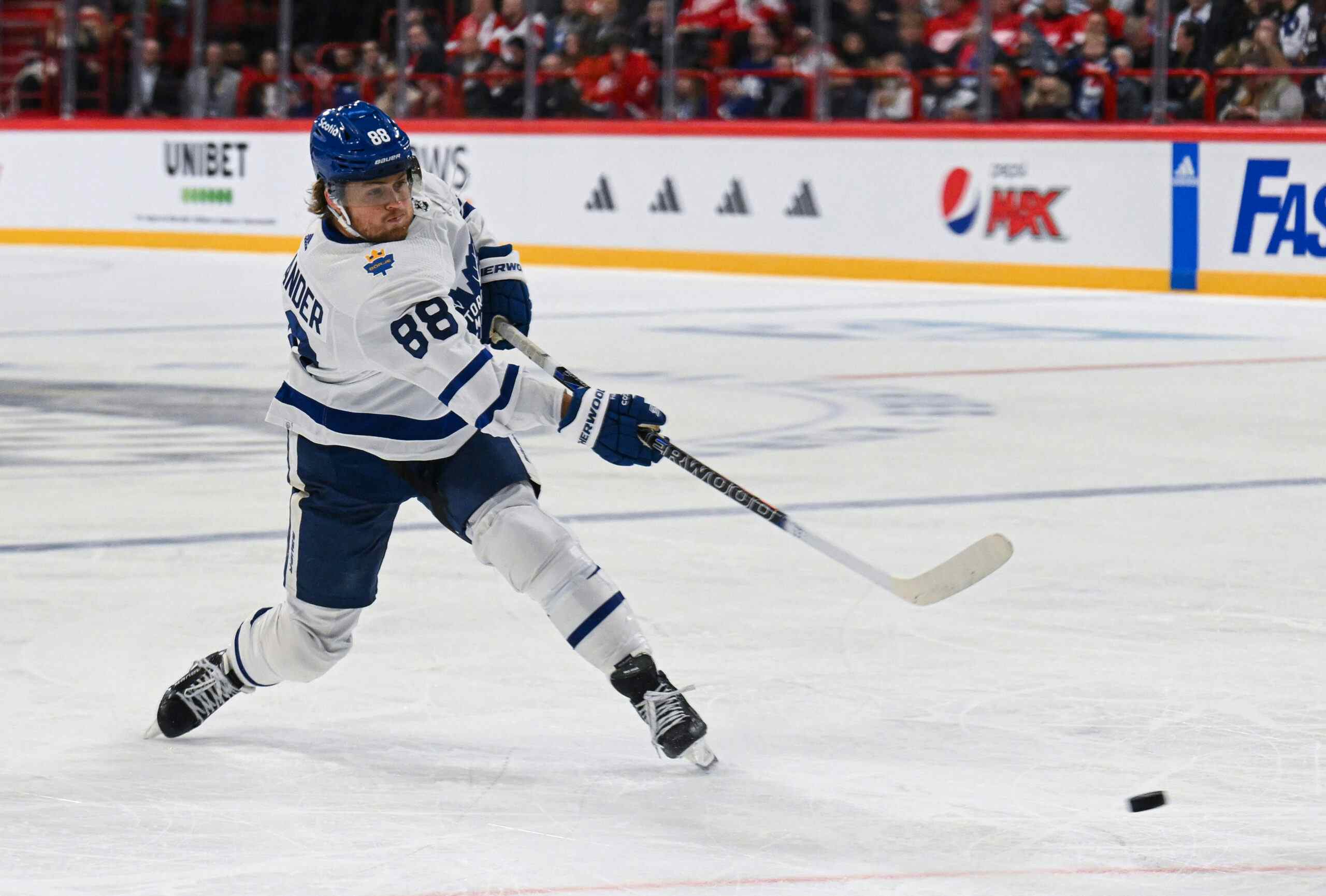Your monthly “who won the Phil Kessel trade” update
By Cam Charron
10 years ago
The Boston Bruins will have a different-looking first line next season, mostly because it’s very unlikely that Jaromir Jagr will be back with the team.
In all seriousness, Hall of Fame writer Kevin Paul Dupont went online to talk about an “updated” version of the Phil Kessel trade, as if it hasn’t been long enough that the hockey community as a whole can just move on. Really, it’s been four seasons with Kessel in Toronto now and pretty much the only thing that hurt the Leafs is that the three players Boston used with the three picks in the trade were spent on good Ontario boys Tyler Seguin, Dougie Hamilton and Jared Knight. One of those draft picks is a regular NHLer right now, and zero of them play regularly for the Bruins.
But that doesn’t stop KPD from spouting some BS every now and again. Now the Bruins got *5* players in the deal, since Boston got Loui Eriksson, Reilly Smith and Matt Fraser from the Dallas Stars in exchange for Seguin and a lump of coal named Rich Peverley (who is not a roster player that factors in, in KPD’s imagination).
While all of KPD’s tweets there are technically correct (the best kind of correct there is) it’s still just a case of a writer manipulating data to form his own conclusions. I take a lot of heat online for a seeming over-reliance on data, but I’ll generally research a topic and the numbers and use them to guide my way to a conclusion rather than start with a premise and twist numbers into proving it’s true.
Dupont’s embarrassing defence of Peter Chiarelli’s work (and I think Chiarelli got a very nice return for Seguin. Loui Eriksson is a hell of a hockey player) started with him implying that Kessel was not, indeed, a superior player to Eriksson, and then needs to find some data to form his conclusion. Seven minutes later, KPD has decided that his standard will be “production from 2009 to 2012” using one of the productive seasons Kessel spent as a Boston Bruin, for some reason.
It’s true. During the last four full seasons, Kessel has 17 more goals and 17 fewer points than Eriksson. However, if you eliminate the 2008-2009 season altogether, Kessel now has 17 more goals and only 14 fewer points than Eriksson. If you look at the numbers of both players since the original Phil Kessel trade, Kessel has 25 more goals than Eriksson and nine more points.
But there are stupid ways of looking at things, and pure production without considering situations is definitely one of them. Over the last five seasons in Dallas, Eriksson’s most common linemates were, in descending order:
- Brad Richards (2448:34 minutes played together)
- James Neal (1548:32)
- Mike Ribeiro (981:04)
- Jamie Benn (901:20)
- Michael Ryder (757:12)
- Steve Ott (700:54)
- Brenden Morrow (442:45)
It’s not until you get to Tom Wandell that you find a player that shouldn’t be an NHL top six forward on Eriksson’s list. While over that same five-year period, Eriksson’s been on the ice for 0.910 goals per 20 minutes, the same linemates without him on the ice have scored 0.787. Comparatively, Kessel on the ice has seen his teams score at a higher (!!) rate of 0.978 per 20 minutes while his teammates have scored a very similar .790. Cut the year with the Bruins off completely and that dips to 0.947 and 0.770.
Eriksson is a good player, but it a) doesn’t matter, since the trade happened for years ago, and b) if you needed a one-year option on the wing if you were trying to win a championship, most sane people would take Kessel. I don’t want to hammer home on the second point too much, but I’m illustrating examples of how you can manipulate data for a purpose. Since I’m starting with the conclusion “Kessel is better” I can simply ignore data that doesn’t line up with my initial conclusion.
What really matters if you were selecting between the two is “who will produce most next year”. Considering that NHL players peak sometime between ages 24 and 27, and Kessel will be in his 26-year-old season and Eriksson will be in his 28-year-old season, that gives Kessel a significant biological advantage, so it doesn’t make the competition really fair.
The Seguin trade works out for Boston, since it gives them some cap flexibility and a good two-way winger for a reasonable $4.25-million cap hit for three seasons. I think Eriksson is a better fit alongside Patrice Bergeron than Seguin was, and the Bruins are in my eyes still the team to beat in the East headed into next season.
But does the Kessel trade have a big impact? Is it still a spectre hanging over these two teams that will never go away? Probably. The media loves that story. But really, it’s been four years, Toronto got the better player and Boston got the flexibility it needed to win a Stanley Cup and compete for another. Full stop.
Recent articles from Cam Charron





